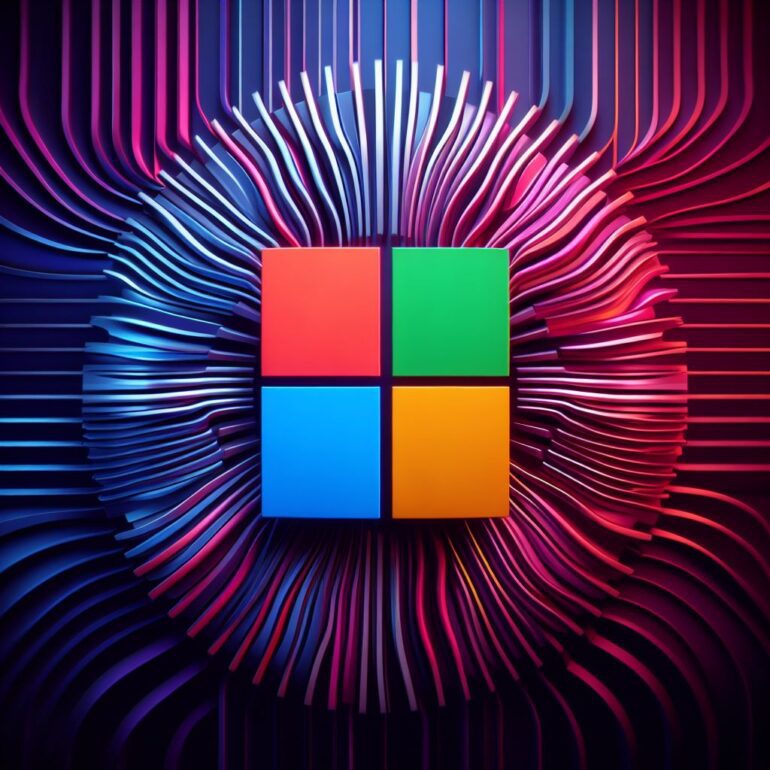TL;DR:
- ML.NET 3.0 introduces deep learning capabilities in object detection, named entity recognition, and question answering.
- TorchSharp and ONNX model integrations enable these deep learning advancements.
- Enhanced support for data processing through DataFrame improvements and IDataView features.
- Object Detection in ML.NET Model Builder powered by TorchSharp for precise results.
- Natural language processing additions, including question answering and named entity recognition.
- Automated Machine Learning (AutoML) enhancements simplify model development.
- Improved data loading, export to SQL databases, and optimized arithmetic performance in DataFrame.
- Microsoft’s future plans include .NET 9, ML.NET 4.0, and continued API enrichment.
Main AI News:
Microsoft has unveiled ML.NET 3.0, marking a significant stride in the evolution of their open-source, cross-platform machine learning framework. This latest release empowers .NET applications with enhanced deep learning functionalities, reinforcing Microsoft’s commitment to advancing AI integration in the business landscape.
Released on November 27, ML.NET 3.0 is readily accessible via dotnet.microsoft.com, offering a wealth of features designed to empower developers and data scientists alike. This article delves into the key highlights of this cutting-edge release, which promises to reshape the way businesses leverage machine learning.
Deep Learning Mastery
ML.NET 3.0 introduces a range of new deep learning capabilities, notably in the domains of object detection, named entity recognition, and question answering. These advancements are made possible through seamless integration with TorchSharp and ONNX models, solidifying ML.NET’s position as a versatile machine learning framework. Additionally, this release augments its integration with the LightGBM gradient boosting framework, further enriching its ensemble learning capabilities.
Empowering Data Processing
Data processing is at the heart of machine learning, and ML.NET 3.0 acknowledges this with enhancements and bug fixes to DataFrame, as well as new IDataView interoperability features. Data loading, inspection, transformation, and visualization have all received substantial upgrades, equipping users with more robust tools to streamline their data workflows.
Object Detection Redefined
Building on previous announcements, Microsoft has introduced Object Detection in ML.NET Model Builder. This feature harnesses the power of TorchSharp to enable precise object detection, incorporating cutting-edge techniques from Microsoft Research. It is fortified by a Transformer-based neural network architecture, setting new standards in object detection. Notably, Object Detection is bundled within the Microsoft ML.TorchSharp 3.0.0 package, ensuring a seamless user experience.
Unlocking Natural Language Processing
ML.NET 3.0 extends its reach into natural language processing with question answering and named entity recognition capabilities. Leveraging the existing TorchSharp RoBERTa text classification features from ML.NET 2.0, these additions empower businesses to extract valuable insights from unstructured text data.
Automated Machine Learning (AutoML) Advancements
AutoML takes center stage in this release, with the AutoML Sweeper now offering support for sentence similarity, question answering, and object detection. This automation streamlines the model development process, enabling businesses to harness the power of AI with greater ease and efficiency.
DataFrame Revolution
ML.NET 3.0 revolutionizes DataFrame with expanded data loading options, including seamless import and export from SQL databases via ADO.NET. This enhancement simplifies data management and opens new possibilities for businesses to leverage their existing data infrastructure.
Arithmetic performance in DataFrame has been significantly improved, especially in column cloning and binary comparison scenarios. Handling null values during arithmetic operations has been optimized, reducing the complexity of data transformations. Furthermore, debugger enhancements ensure clear and concise output, even for columns with lengthy names.
A Glimpse into the Future
Microsoft’s commitment to innovation continues with plans for .NET 9 and ML.NET 4.0. While these developments are on the horizon, users can anticipate updates to Model Builder and the ML.NET CLI, aligning them with the ML.NET 3.0 release. The roadmap also includes expanding deep learning applications and integrations, as well as further enhancements to DataFrame. In addition, Microsoft will continue to enrich the APIs within System.Numerics.Tensors, integrating them seamlessly into ML.NET.
Conclusion:
Microsoft’s ML.NET 3.0 release signifies a substantial leap forward in the realm of machine learning for businesses. With its enhanced deep learning capabilities, streamlined data processing, and comprehensive natural language processing support, it equips organizations with the tools they need to thrive in the age of AI. As Microsoft looks ahead to future releases, the promise of even greater innovation and empowerment looms on the horizon. Stay tuned for what lies ahead in the ever-evolving world of ML.NET.

